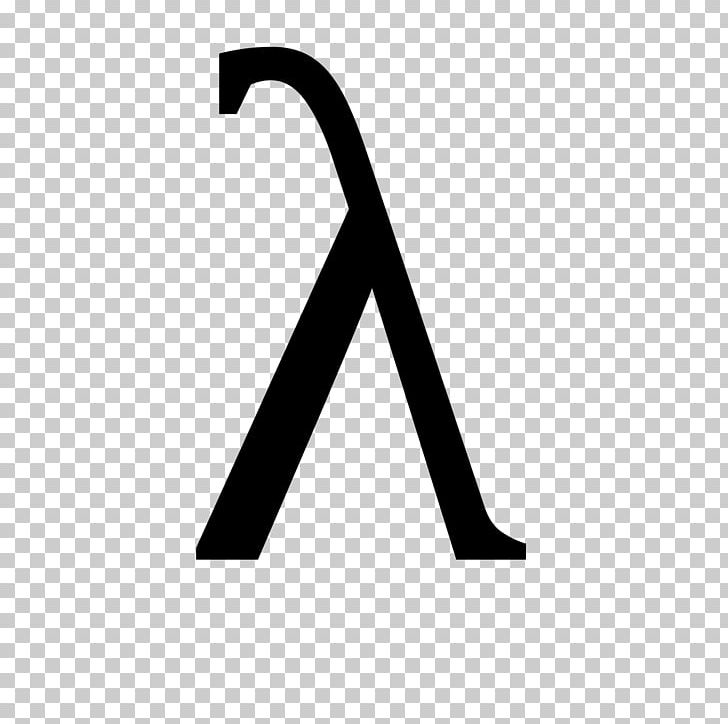

The summation operator, the covariance matrix or the set of terminal symbols in a formal grammar. It represents one of the Gegenbauer functions in analytic number theory. It represents the Lebesgue constant, the von Mangoldt function in number theory, the set of logical axioms in the axiomatic method of logical deduction in first-order logic, the cosmological constant, the lambda baryon, a diagonal matrix of eigenvalues in linear algebra, a lattice or molar conductivity in electrochemistry. It represents the Kappa number, indicating lignin content in pulp. It represents an asymptotically tight bound related to big O notation, sensitivity to the passage of time in mathematical finance or in set theory, a certain ordinal number It represents the Eta function of Ludwig Boltzmann's H-theorem, in statistical mechanics or information theoretic entropy It represents a finite difference, a difference operator, a symmetric difference, the Laplace operator, the angle that subtends the arc of a circular curve in surveying, the maximum degree of any vertex in a given graph, sensitivity to price in mathematical finance or the discriminant in the quadratic formula which determines the nature of the roots. It represents the circulation in fluid dynamics, the reflection coefficient of a transmission or telecommunication line, the confinement factor of an optical mode in a waveguide, the gamma function, the upper incomplete gamma function, the modular group, the group of fractional linear transformations, second-order sensitivity to price in mathematical finance, the Christoffel symbols of the second kind or the stack alphabet in the formal definition of a pushdown automaton.


 0 kommentar(er)
0 kommentar(er)
